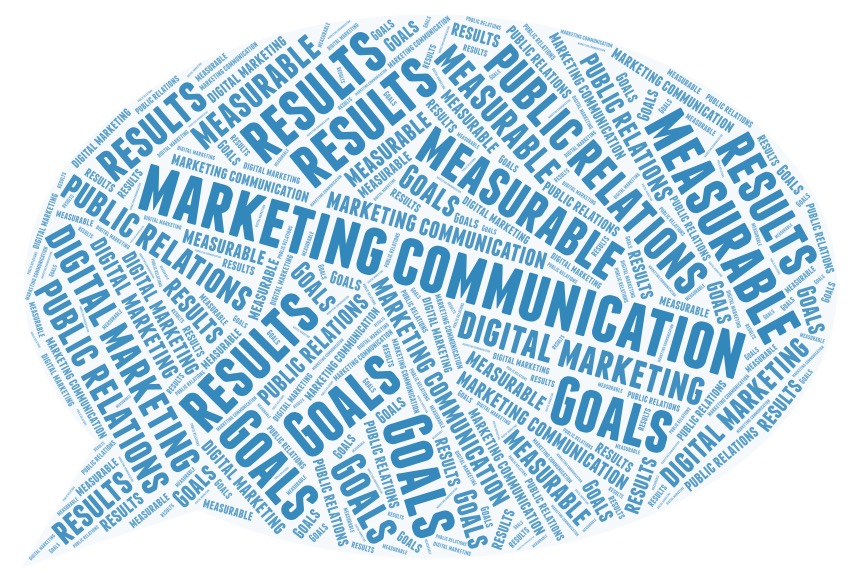
Marketing communication. Digital marketing. Public Relations. What are these things? More importantly, should your business be using one of them and if so, which one?
They are all different and yet in some ways, the same. Confused? Welcome to the club. Sometimes these terms are used interchangeably. It just depends on who you are talking to.
Today I’m going to talk about all three. I will tell you what they are and what they do. I have a clear favorite (as you saw from the title) but enough with the chatter. Let’s get started.
Public Relations
Public relations or PR has proved hard to define. Ask five people and you will get five answers. I wrote about this roughly a year ago. I’m not going to rehash that article but if you want to read it, go ahead. I’ll wait.
It’s almost laughable, isn’t it? Then again many professions have a similar problem. If somebody told you they were an engineer, would you know what they did? You might have a good guess but probably more often than not, you’d be wrong. Not a big deal, unless you need an engineer. Then you want to make sure you get the right
Traditionally, public relations has been synonymous with media relations (I’ve written about that too). Simply put, public relations builds relationships, focuses on publicity, and acts as an advocate. You see public relations at work all the time.
Interviews with company/city officials, stories about companies on television and in print, spokespeople, events such as trade shows, and crisis communication. Those are all responsibilities that fall under public relations. On the internet, you will see it in the form of social media, blogs, and video. The goals are still the same, it’s just in a digital form.
If you want media attention and an advocate who helps you build relationships, you want to hire a public relations professional.
Digital Marketing
The internet age has impacted how marketers work but they still have the same goal. In the beginning, we are trying to create awareness. In that regard, it’s similar to PR. What makes it different is
Public relations wants to create positive feelings about your company while marketing wants to get people into a process, the sales funnel, with the end goal of converting that person into a customer. Billboards, advertising via print, television, and radio (advertising is a subset of marketing) all fall under marketing.
Where digital marketing differs is that it is done online. It employs such tactics as social media ads, website ads, search engine ads or pay per click (PPC), geofencing, blogs, video, search engine optimization (SEO), and social media.
An advantage to digital marketing is that the results are measurable. This is where digital marketing shines over traditional marketing. For example, when an ad is run on Facebook, we can see data such as the number of clicks to your website and the number of shares. The data informs us of our efforts. It can also tell us if we need to make tweaks to be more effective.
Marketing Communication
I view marketing communication as a collision between public relations and digital marketing. I take elements from both practices to create something that is
The PESO model, created by Gini Dietrich at Spin Sucks, helps in these efforts. As a quick reminder PESO is:
- Paid Media
- Earned Media
- Shared Media
- Owned Media
As I have previously written, PESO pulls together the different pieces of PR and digital media. It
PESO gives flexibility and allows me to measure results. The value for me is that I can give better counsel and see where to make adjustments to meet goals. For a client, it allows them to see the return on investment. When it’s not just an expense it changes our relationship. We become partners and that creates a situation that allows for bigger and better results.
Final Thoughts
Traditional PR agencies will have to embrace a marketing communication model or risk irrelevance. Traditional marketing itself has an accountability problem. If it can’t be measured, we will never truly know how successful it was or why it didn’t work. Digital marketing addresses this but it is far from perfect. People are sophisticated enough to know when they are marketed too and most people don’t like it.
This is where PR comes back into play. Its strength is working with people. It builds and strengthens relationships but PR and marketing are often siloed from each other. They have different ideas about what is important and how to get it done.
Marketing communication solves that. It brings the best elements from both practices to provide accountability and to achieve business goals. If you want the best results, don’t look to PR or marketing. Look at marketing communication.
- Is Your Marketing Connected? - March 6, 2025
- Stop Planning and Start Strategizing - October 24, 2024
- The Importance of Creating a Connection With Your Marketing - June 6, 2024
